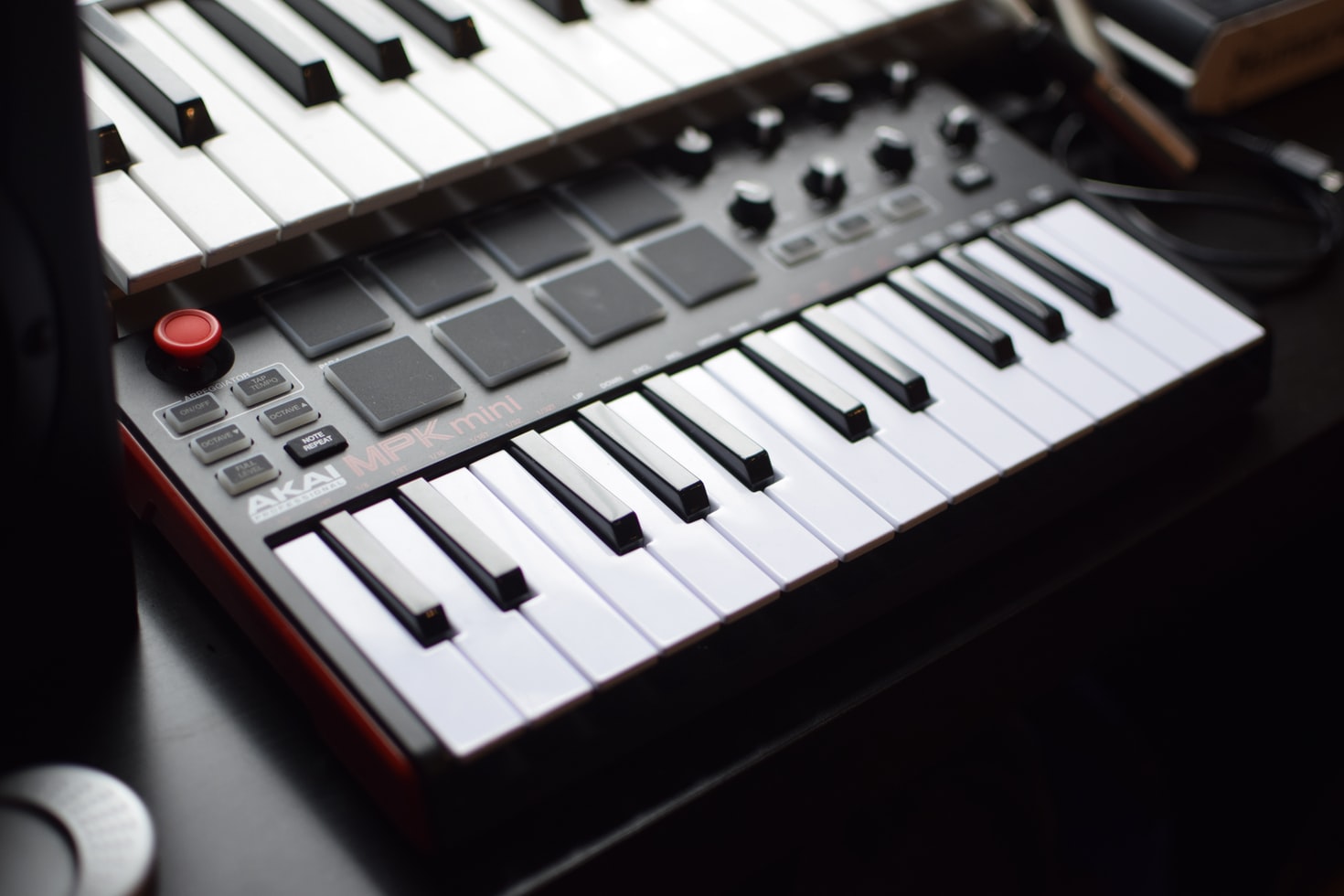Do you own a MIDI controller, or are you in the market to buy one? Great! But what next? With so many types of controllers in the market, what kind of controller should you use for music production? And of course, what is the difference between a 49 key, 25 key, and 61 key controllers? How do they compare?
The following are some valuable pointers designed to guide you towards the midi controller that is best for you. So be you a professional producer or a rookie beat-maker, keep reading…
Keyboard Type
Be you performing on stage or experimenting with sound in the studio, your choice of keyboard is essential. It’ll also likely differ, depending on what you’re trying to produce. Although that’s not something to get worried about – there is a safe choice.
That would be a 49-key midi keyboard. A breed of controller that, for most producers, is a bare essential. That’s because in terms of portability and features, it offers a near-perfect balance. Call it the ideal go-between.
A trend that continues even when you factor in price. Compared to a full-size 88-key controller, 49-key midi keyboards are also substantially more affordable. Understandable, especially when you consider that they do pack less in the way of features.
With an 88-key controller you’ll likely get hammer-action keys, a more generous software bundle and aftertouch. Basically, all the bells and whistles that really do come in handy when performing live or on stage. Typically the larger the MIDI keyboard, the more expressive you can be when you play. Although if portability is more your concern, then a 25 or 37-key MIDI controller may be a better choice.
Now, while you do sacrifice keys (and in some cases, features) with these controllers, the actual footprint is substantially smaller. Being smaller, they’re also quite a bit lighter too. Something that makes them ideal for tossing in a backpack or tucking under your arm.
Software Compatibility
MIDI controller keyboards aren’t just designed to work with one sole piece of software. That’s because in order to register your input, MIDI keyboards have to be connected to a Digital Audio Workstation – DAW for short.
A piece of software that is essentially a giant digital interface that allows you to record and manipulate their MIDI data. Some of the most popular being Logic Pro X (the DAW made by Apple) and Pro Tools – one of the oldest DAWs around, that’s often referred to as the industry standard.
Just bear in mind that while MIDI controllers are highly compatible with DAWs, not every controller works with every DAW. And it’s much the same for VST plugins too. So be sure to investigate the compatibility of a MIDI controller before taking out your credit card.
Key Control Range
To decide on the right amount of keys for a MIDI controller, you really need to sum up who you are. If you’re a beat-maker then chances are the full 88 would be overkill. If all you need is a couple of octaves to create a compelling melody, then a 25-key would do the job.
However, if you’re a keen pianist, sizing up would be a wise idea. The hammer-action keys especially, which you get with the larger keyboards, encourage expressive play. Plus, there’s nothing more irritating than having mid-way through an in-depth piano piece to hit the ‘shift octave’ button.
Keyboard Sensitivity
Sensitivity refers to the touch response of the keys. An easy way to test this is to gradually press down on a key and see how long it takes to register your input. The more travel in the key before it creates a sound, the lower the sensitivity of the keyboard. In other words, highly sensitive keys register even the slightest touch, opposed to functioning like on/off switches.
Typically the higher the sensitivity, the more natural the keyboard feels to play, as you, the player, have more control. Exactly why keen pianists often opt for larger MIDI keyboards with more in the way of sensitivity. A set of hammer actions are some of the most responsive you can get.
Although with the majority of MIDI controllers, the keys will be velocity sensitive, which means that the sound that’s picked up is dependent on the force with which they’re stuck. Push down a key softly and a velocity-sensitive keyboard will give you a soft sound in return. Equally, thump a key into the keybed and the sound you achieve will be far more harsh.
Controller for Electronic Music Production
If you’re after the best controller for electronic music production, then you need to think full-size. Reason being that in a genre where music is very much the focus, opposed to lyrics, access to the full range of keys is vital.
Aftertouch is also a tool that’ll likely come in useful too. A feature you only really tend to find on the well-specced MIDIs. So for any dance or electronic producer, investing in a full size MIDI is essential.And in the case you do want a MIDI keyboard that’s somewhat portable, then downsizing slightly to a 61, or potentially even a 49-key, could be a valid option.
Although, for professional electronic music production, a full-size MIDI controller really is the pinnacle, as nothing will do a better job of encouraging your creative process. In which case, saving up for the best MIDI controller you can get your hands on, could well be the key to elevating your music production to the next level.


